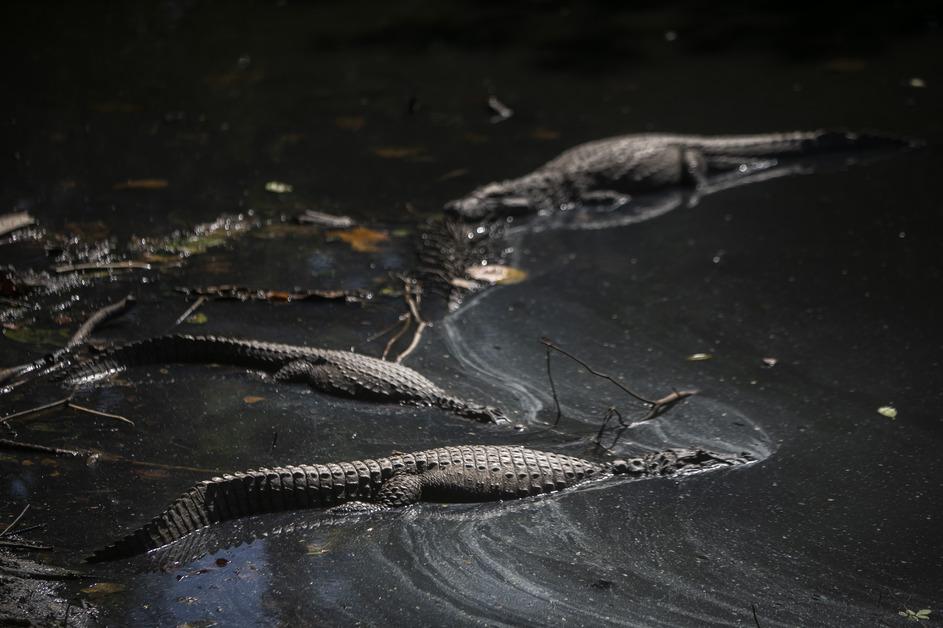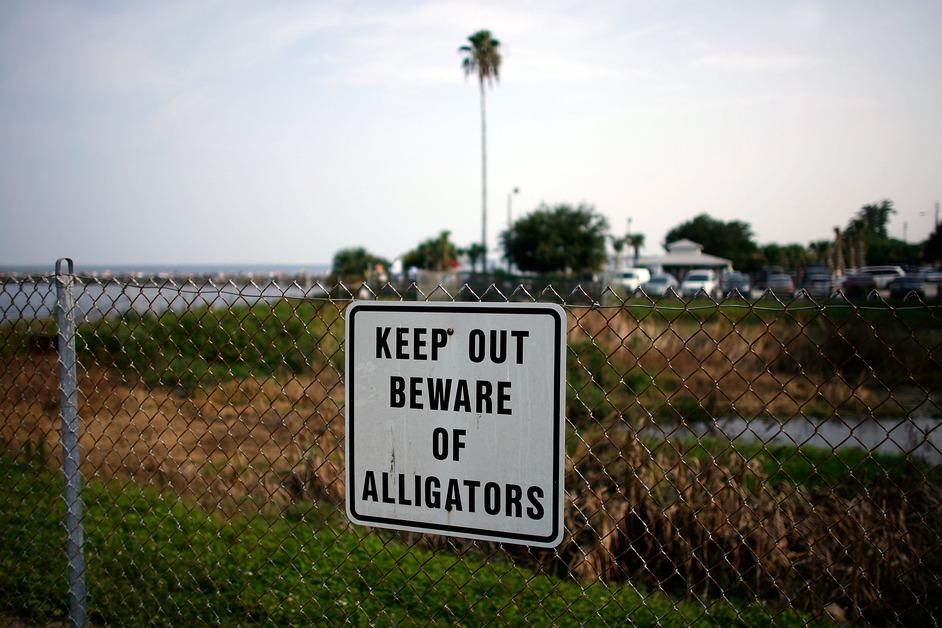As Global Temperatures Rise, Alligators Are Moving North
Published Dec. 5 2022, 4:36 p.m. ET

The long-told myth of alligators swimming through the New York City sewer system might not be a myth much longer.
At the mention of alligators, most people would imagine the Floridian wilderness or the swamps of Louisiana. However, you may be surprised at how far north alligators live, and why they are moving north.
According to the National Wildlife Federation, American alligators can be found as far north as North Carolina, almost reaching the border of Virginia.
As a cold-blooded or ectothermic animal, specific temperatures are crucial determinants in an alligator’s life. Ectothermic animals rely on external heat to regulate their internal temperature. This is why you may see animals like snakes, lizards, or alligators basking in the sun.
According to Scientific American, the environmental temperature during embryonic development determines the sex of the alligator. Low and high temperatures result in females, whereas intermediate results in males. Therefore, if the environmental temperature is too low or too high, the population can be overrun with females, and reduce overall population growth. Additionally, alligators need it to be above 40 degrees Fahrenheit to be active, and at least 70 degrees to digest food.

Increased temperatures have led to increased alligators in the north.
Global warming has caused a rise in temperatures that has changed the habitat range for alligators. Their zone of survival continues to move upward, and states such as North Carolina and even Virginia could expect to see more alligator appearances. In their natural habitat, alligators are typically found in swamps, lakes, and freshwater areas, and can be sometimes seen along beaches.
In July of this year, a homeowner in Chesapeake, Va. found an alligator swimming in their pool. A month before that, an alligator was found resting on a beach in Fort Fisher, N.C. As ABC11 reported, “Park Rangers at Fort Fisher said alligators are a fairly common sight along the shore, especially during warmer months of the year.”
2016 and 2021 are currently tied for being the hottest years on record. According to NASA’s Administrator Bill Nelson, “Eight of the top 10 warmest years on our planet occurred within the last decade.”
As these average temperatures continue to rise, habitats are altered and animals are having to adapt. For the cold-blooded, such as the American alligator, the heat works in their favor by expanding the range in which their bodies can survive.

What will happen if more alligators move north?
More alligator sightings in Virginia and beyond would cause a stir and call for species regulation, as noted by Slate. A few sightings might not be enough to consider the species migrated, but if more start to appear, it is possible that government agencies would have to decide whether or not alligators are invasive to the area or not.
The animal’s continued spread northward seems to largely depend on global warming, and specifically if the temperatures continue to trend upward. Although it could take years for alligators to fully migrate to a new place, sightings up north can be expected to continue to increase.